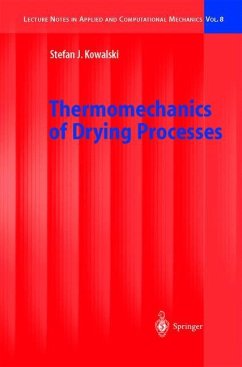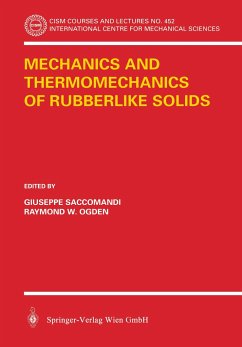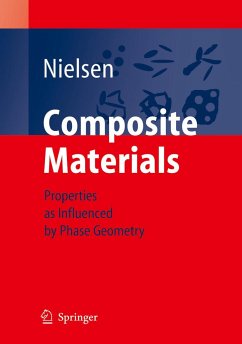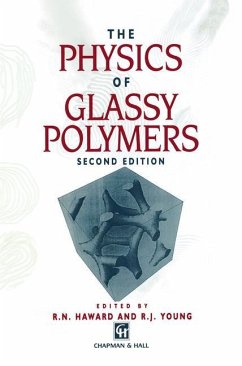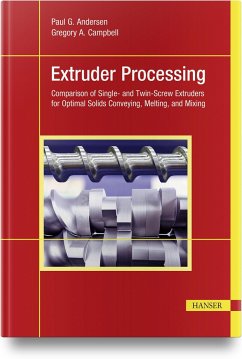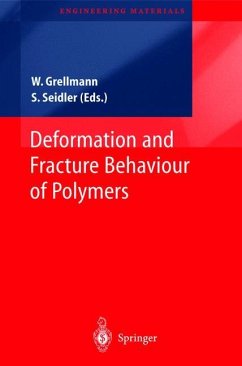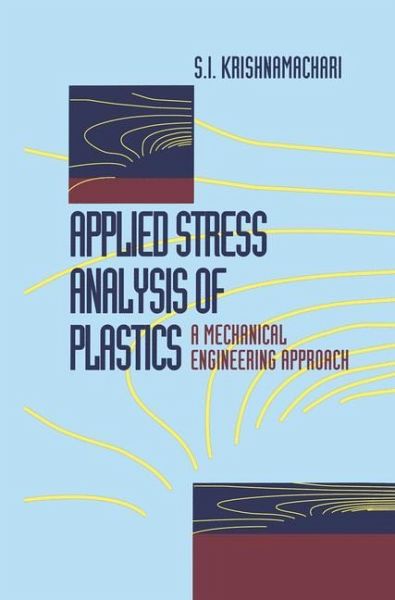
Applied Stress Analysis of Plastics
A Mechanical Engineering Approach
Versandkostenfrei!
Versandfertig in 1-2 Wochen
154,99 €
inkl. MwSt.
Weitere Ausgaben:

PAYBACK Punkte
77 °P sammeln!
This book is a product of the understanding I developed of stress analysis applied to plastics, while at work at L. J. Broutman and Associates (UBA) and as a lecturer in the seminars on this topic co-sponsored by UBA and Society of Plastics Engineers. I believe that by its extent and level of treatment, this book would serve as an easy-to-read desktop reference for professionals, as well as a text book at the junior or senior level in undergraduate programs. The main theme of this book is what to do with computed stress. To approach the theme effectively, I have taken the "stress category ap p...
This book is a product of the understanding I developed of stress analysis applied to plastics, while at work at L. J. Broutman and Associates (UBA) and as a lecturer in the seminars on this topic co-sponsored by UBA and Society of Plastics Engineers. I believe that by its extent and level of treatment, this book would serve as an easy-to-read desktop reference for professionals, as well as a text book at the junior or senior level in undergraduate programs. The main theme of this book is what to do with computed stress. To approach the theme effectively, I have taken the "stress category ap proach" to stress analysis. Such an approach is being successfully used in the nuclear power field. In plastics, this approach helps in the prediction of long term behavior of structures. To maintain interest I have limited derivations and proofs to a minimum, and provided them, if at all, as flow charts. In this way, I believe that one can see better the connection between the variables, assumptions, and mathematics.






